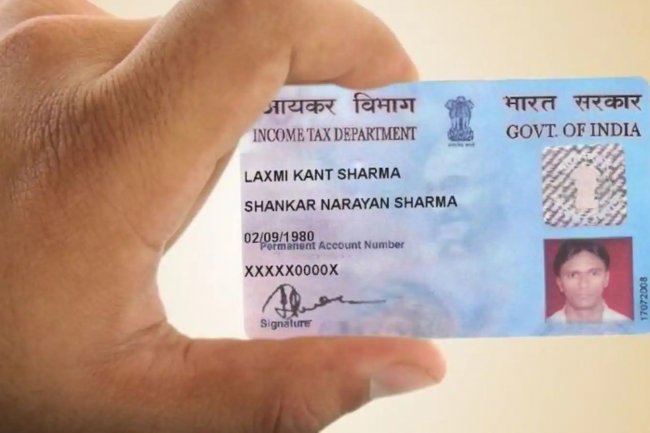What is the Full Form of TDS? – A Quick Guide for Chat
Introduction : If you’ve ever come across the term "TDS" in financial discussions, you might wonder what it means. In the context of taxation, TDS stands for Tax Deducted at Source. This is an important mechanism used by the Indian government to collect income tax at the point where income is generated, rather than at a later stage. In this quick guide, we will explain the full form of TDS, how it works, and why it’s crucial for both individuals and businesses.

What is TDS (Tax Deducted at Source)?
TDS is a system introduced by the Income Tax Department where a portion of your income is deducted at the source of income generation. The deducted amount is then deposited with the government as a prepayment of your tax liability. It applies to various income types, such as:
- Salaries
- Interest payments (bank savings accounts or fixed deposits)
- Rent
- Commission
- Dividends
- Professional fees
How Does TDS Work?
The TDS system ensures that taxes are collected in a timely and steady manner throughout the year. Here’s how it works:
-
Income Generation: When an individual or business makes a payment that qualifies for TDS (e.g., salary, interest), they must deduct a certain percentage of the amount as tax.
-
TDS Deduction: The tax is deducted at the applicable TDS rate specified by the government. For instance, TDS on salary is deducted as per income slab, while TDS on interest payments may have a different rate.
-
Deposit to the Government: The deducted TDS amount is deposited with the government by the deductor (the person or entity making the payment).
-
Form 26AS: The TDS deducted is reflected in the recipient’s Form 26AS, which can be accessed online through the Income Tax Department's portal. This form serves as a summary of the tax deducted and paid to the government on your behalf.
-
Filing Income Tax Returns: While filing your income tax return, the TDS amount is adjusted against your total tax liability.
Why is TDS Important?
-
Ensures Regular Tax Collection: TDS allows the government to collect taxes throughout the year, instead of waiting for the end of the financial year.
-
Prevents Tax Evasion: It reduces the chances of tax evasion, as taxes are deducted before the income reaches the individual.
-
Reduces Burden on Taxpayers: Since a portion of the tax is deducted periodically, it reduces the lump-sum tax payment burden for individuals at the end of the year.
TDS Rates and Exemptions
TDS rates vary depending on the type of income. For example:
- Salaries: Based on the employee’s income tax slab.
- Bank interest: 10% if PAN is provided; 20% if PAN is not available.
- Rent: 10% for rent payments exceeding ₹2.4 lakh per year.
Some categories of income are exempt from TDS, or the deducted TDS can be reclaimed by filing a tax return if the individual falls below the taxable income threshold.
Conclusion
TDS, or Tax Deducted at Source, plays a vital role in ensuring regular tax collection and reducing the burden on taxpayers. It simplifies the tax process by allowing the government to collect taxes in advance, and it helps individuals by spreading out the tax liability over time. Understanding how TDS works will help you manage your finances and taxes more effectively.
If you want to apply PAN card, apply through this link https://pancardonlineindia.com/
What's Your Reaction?
















